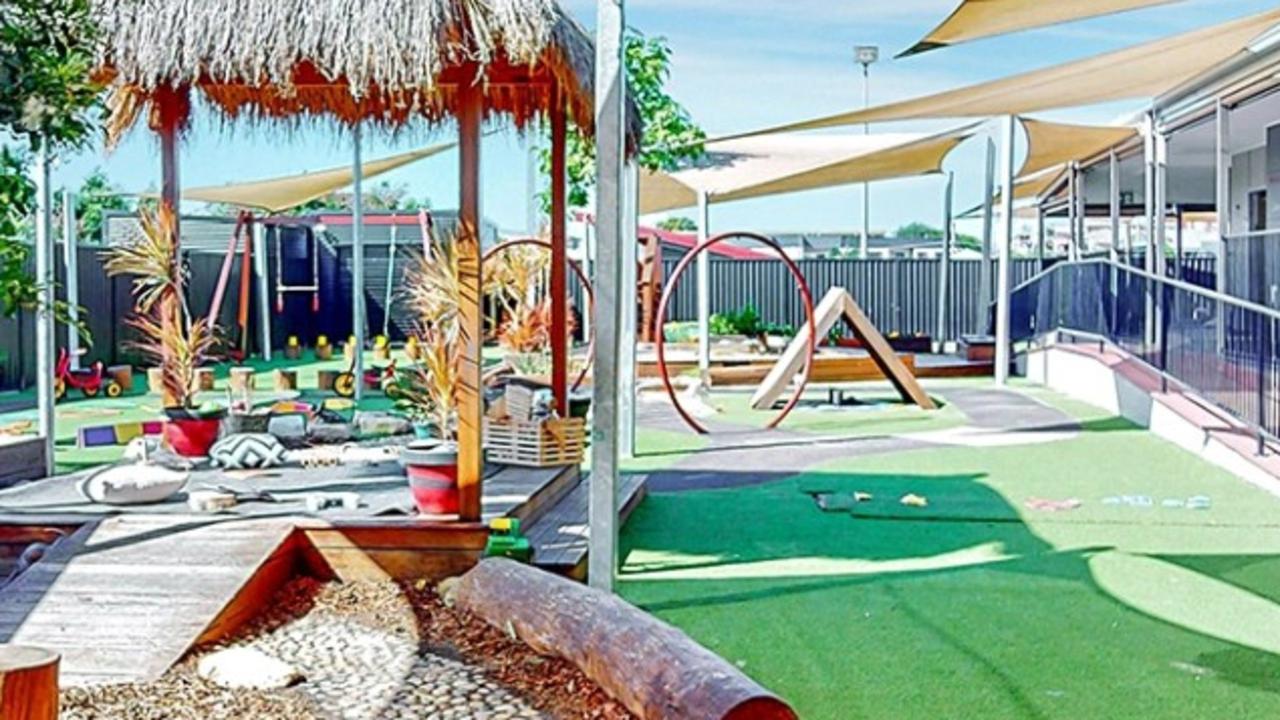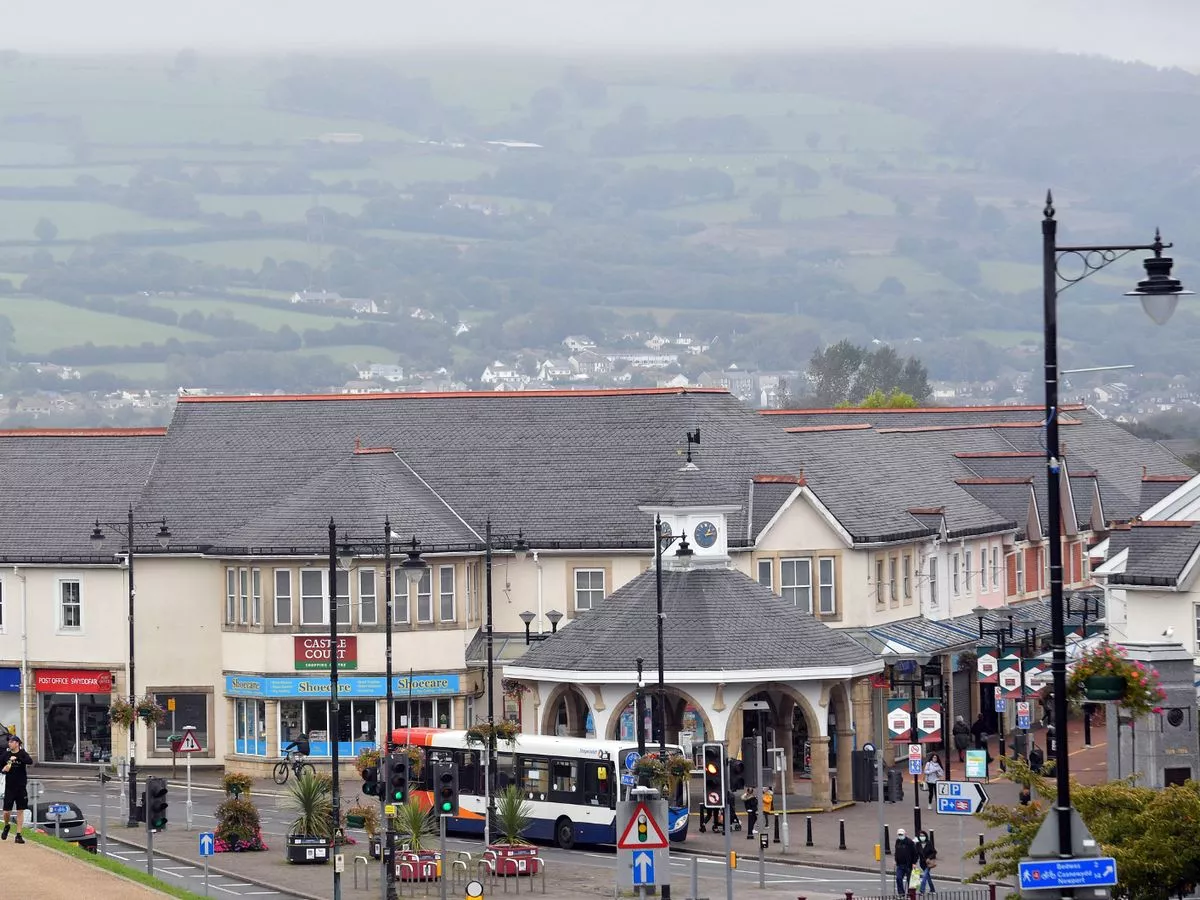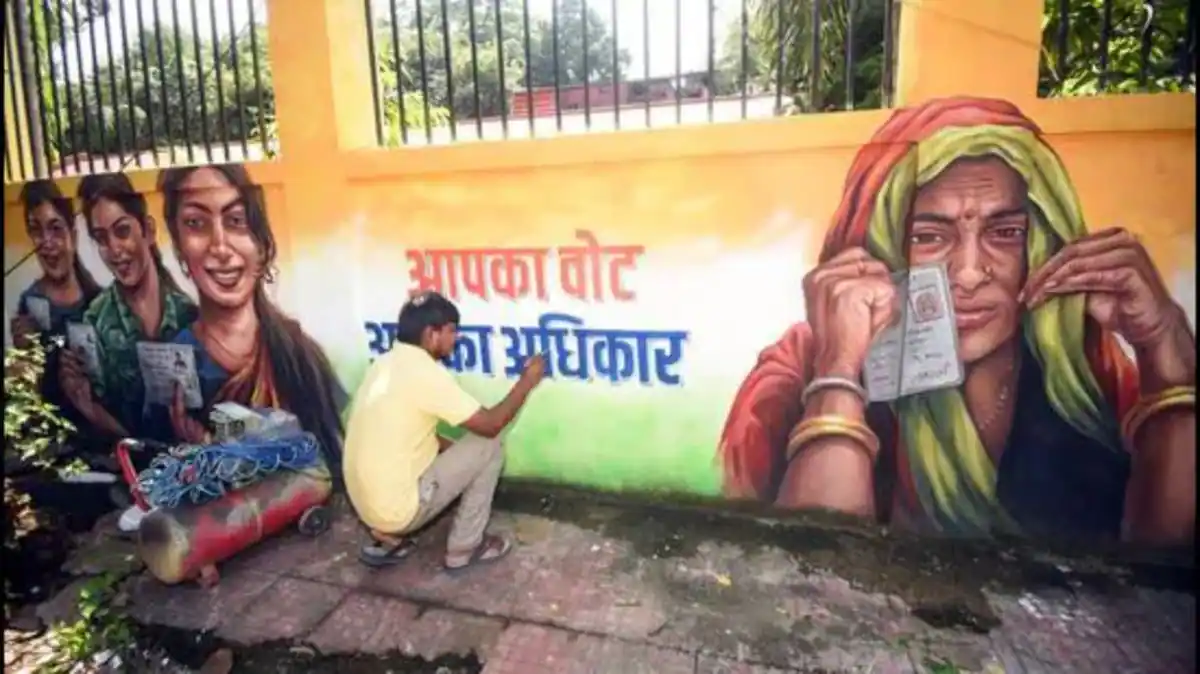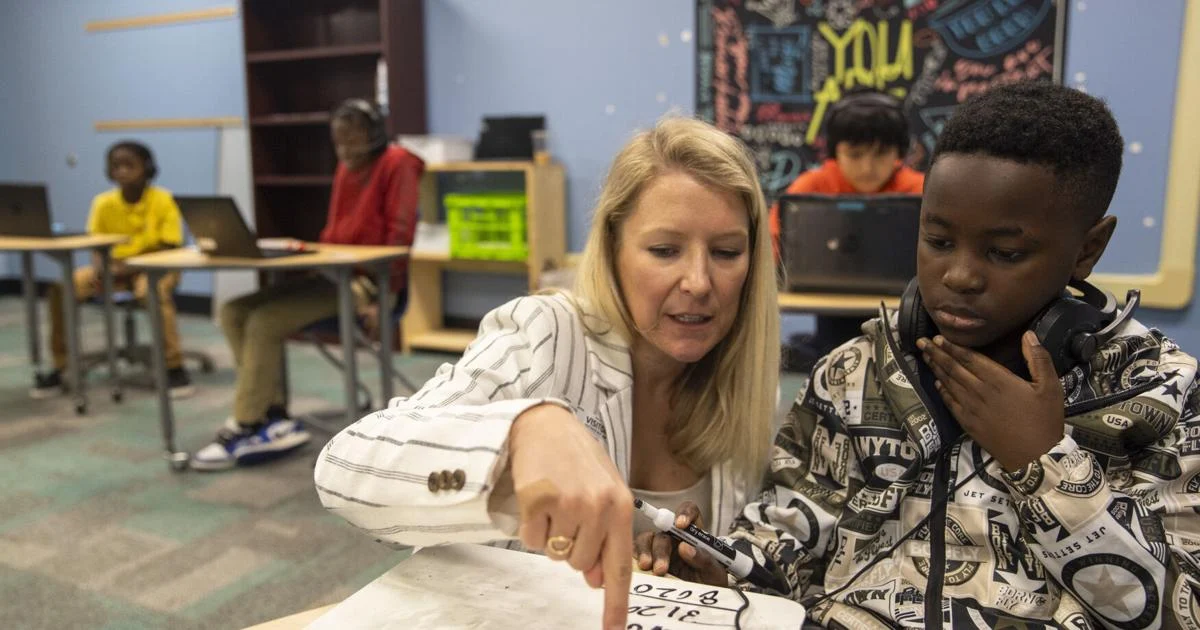Copyright The New York Times
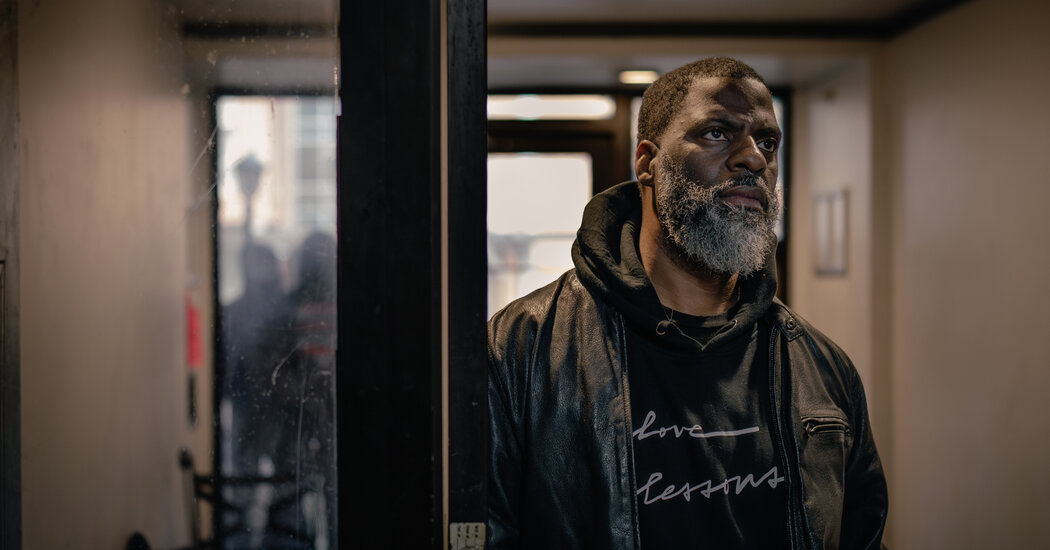
When President Trump said last month that he was “going in” to Chicago, he claimed his actions were motivated by the crime-afflicted Black Chicagoans who had been begging him to intervene. Many were skeptical of his claim at the outset, and six weeks into his “Operation Midway Blitz,” people in neighborhoods most affected by violent crime have concluded the president is not focused on protecting them. Instead, they worry that the military-style federal operations used to crack down on immigrants will be used against them. The masked federal agents who have swept through leafy North Side neighborhoods and sprawling, working-class sections of Southwest Chicago have made it clear their targets are immigrants. The American gangs that have bedeviled largely Black neighborhoods on the South and West Sides have gone largely untouched. “It’s just a ploy to put people away against their rights, and without due process,” Xavier Lyons, 57, a patron at Lem’s Bar-B-Q, a Black-owned institution on the South Side, said of the federal sweep. Still, for Black Chicagoans, federal operations have drastically reshaped life, with people fearing detention or having loved ones taken away without due process, said Che “Rhymefest” Smith, a rapper who represents parts of the South Side on the Chicago Board of Education. U.S. citizens were in fact detained during a military-style raid on an apartment building in the largely Black South Shore neighborhood. “This level of attack is unsustainable for Chicagoans,” he said. Chicago’s demographics are unique for such a large city. Its white, Hispanic and Black populations are at rough parity, each making up nearly a third of the city. Since Midway Blitz began, Chicago’s Latino population has been the main and most visible target. In 2022, after Gov. Greg Abbott of Texas, a Republican, sent busloads of mostly Venezuelan migrants to Chicago, the effect was arguably felt most acutely on the South Side. Migrants were placed in shuttered schools in Black communities, where residents had previously fought to keep the schools open. More than $600 million went to provide emergency shelter and other services, according to a local news investigation. Black residents showed up to City Council meetings, voicing frustration about the strain on public resources, job competition, or effects on neighborhood demographics. They argued that for years their pleas for more resources were ignored, and now they were being overlooked in favor of newcomers. Mr. Trump appeared to hope he could take advantage of those divisions. “You have a force of Black women, Black women,” the president told reporters in late August as he promised to intervene in Chicago. “They want Trump to come in.” The “beautiful Black women” who had caught Mr. Trump’s eye — members of a group called Chicago Flips Red — did cheer him on and still do. “For the past, I would say at least five years, we’ve been asking the City Council and our local officials to amend the sanctuary laws because it was costing us money,” said P Rae Easley, a conservative activist who is running for Congress as a Republican. “We are subsidizing any and everybody who can get here from the third world through our sanctuary policies.” But that is not how Midway Blitz has played out. Agents of ICE and the Border Patrol have popped up in largely white areas of the North Side and suburbs. Melees have broken out in working-class Hispanic areas. But the neighborhoods with the highest crime rates — Austin, North Lawndale and others — have largely been bypassed. At first, many Black Chicagoans shrugged. “Oh, those are just the Latins, or those are just the Venezuelans,” Black Chicago thought, according to Mr. Smith. “But,” he continued, “what’s interesting is, the more ICE kidnaps people at random off the street, the more of a whisper that voice became.” Abigail Jackson, a spokeswoman for the White House, said operations in Chicago had “arrested illegal pedophiles, murderers and other criminals who were roaming free.” But she implied federal efforts have been impeded by Democratic opposition, singling out Illinois’ governor, JB Pritzker. “JB Pritzker has attacked the president, rejected his help and lied about the administration’s efforts,” she said. “Residents who want more help addressing crime should ask Pritzker why he supports criminals.” Interviews with residents on the South Side indicated that some Black Chicagoans may have a growing sense of solidarity with immigrant communities, including African and Caribbean migrants who they say are being quietly snatched up in ways that mirror their own experiences with racial profiling and policing. To be sure, even with crime rates falling in Chicago, violent crime is still a scourge in many Black parts of the city. Greater Grand Crossing, Lem’s Bar-B-Q’s neighborhood, had 24 homicides last year, one of the highest totals in the city, according to data compiled by a local news outlet. “Chicago is a hellhole right now,” the president said from the Oval Office last month. Ms. Easley, who is running for Congress, said the federal surge was deterring violent crime and that Black people shouldn’t be worried. Some Greater Chicagoland Black Chamber of Commerce members had benefited from the migrant influx, including landlords who charged higher rents after receiving housing subsidies. Now, Mr. Darden said, business owners call him constantly, worried about their bottom lines. “They just want to make money,” he said. Many immigrants, regardless of status, are not showing up for work, another stress on Black businesses. Mr. Darden spoke of a restaurant owner expecting 35 employees to staff a busy Friday night. “But you show up at 5 p.m. that Friday night and you’re down 10 employees, or you’re down five employees for whatever reason, whether they were fearful or they were dealing with some of their family members who were having issues with ICE, or they were having issues with ICE themselves,” he said. “It appears that only Black and brown individuals are the ones that are being rounded up,” Mr. Darden added.
